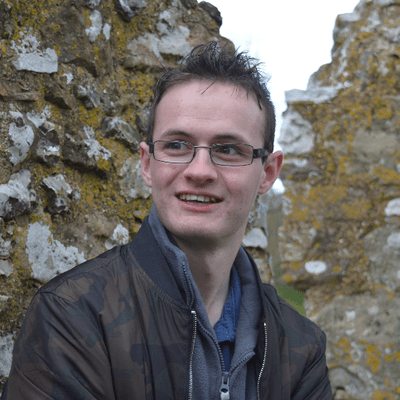Answers to the climate debate can be found in the past. A bit of a farfetched idea maybe? Well, earlier in the year, MA students from History, Environment Studies and Wild Writing, went on a trip to Leiston, to the Long Shop Museum to help understand how heritage sites in our local communities can be used to explore climate change.
This has been part of a wider project in co-operation with Fulbright scholar Donna Graves.
Varied stories at the Long Shop Museum
It was fascinating to see how a single local heritage site had many stories to tell, from climate history to gender history.
For example, the Garret family included Millicent Fawcett and Elizabeth Garret Anderson, the first qualified female physician and surgeon. We could also explore urban development that Leiston underwent because of the industrial revolution in Suffolk; and how communities came to rely upon the employment that was offered by these big factories such as the Garretts.
It should make us think about the stories that are all around us, in the material and geographical landscape in the places that we live. They all have stories to tell and help us to make sense of our own contemporary world.
Alongside this, students engaged with the local volunteers, with questions and discussions. It was an important reminder of the role that local people have in the preservation and history told in our local sites. The information was very well displayed, and the local story has been well preserved for future generations to understand the role of carbon industries in British History.
Nuclear power up close
After the visit to the museum, we all walked to the Sizewell nuclear powerplant which was situated nearby. This was a sad reminder of the continued industrial and carbon industry that still exists in England. The massive infrastructure was certainly in contrast to the town and to the beach alongside it; and served as a reminder of the ugliness of carbon industries. It did serve as a reminder as to what the Long Shop could have looked like in the landscape, towering over the town that was built around it.
The trip was a reminder that one town in England could tell a story of carbon industries from the agricultural revolution and industrial revolution of the eighteenth and nineteenth century to the modern industries of nuclear and carbon power. One site could tell a continued story; and certainly, can be used to explore the impact that these industries have had, not only on the local communities, but on the global climate of the world.
Tackling important topics
Our local heritage sites, have various meanings and impact us all in different ways. Not only do they tell us stories of local history but they can also be used to tell us stories of marginalised communities, forgotten histories, as well as help us communicate the climate crisis that is affecting us all. Heritage sites have a lot to offer us and we need to explore them further to help tell the story of climate and of the local communities they do affect.
We do hope that local sites will engage with this incredibly important topic as we all try and make sense of it all. Our heritage locations around the country are great ways in educating young people about climate and how we have reached a climate crisis in 2022.





